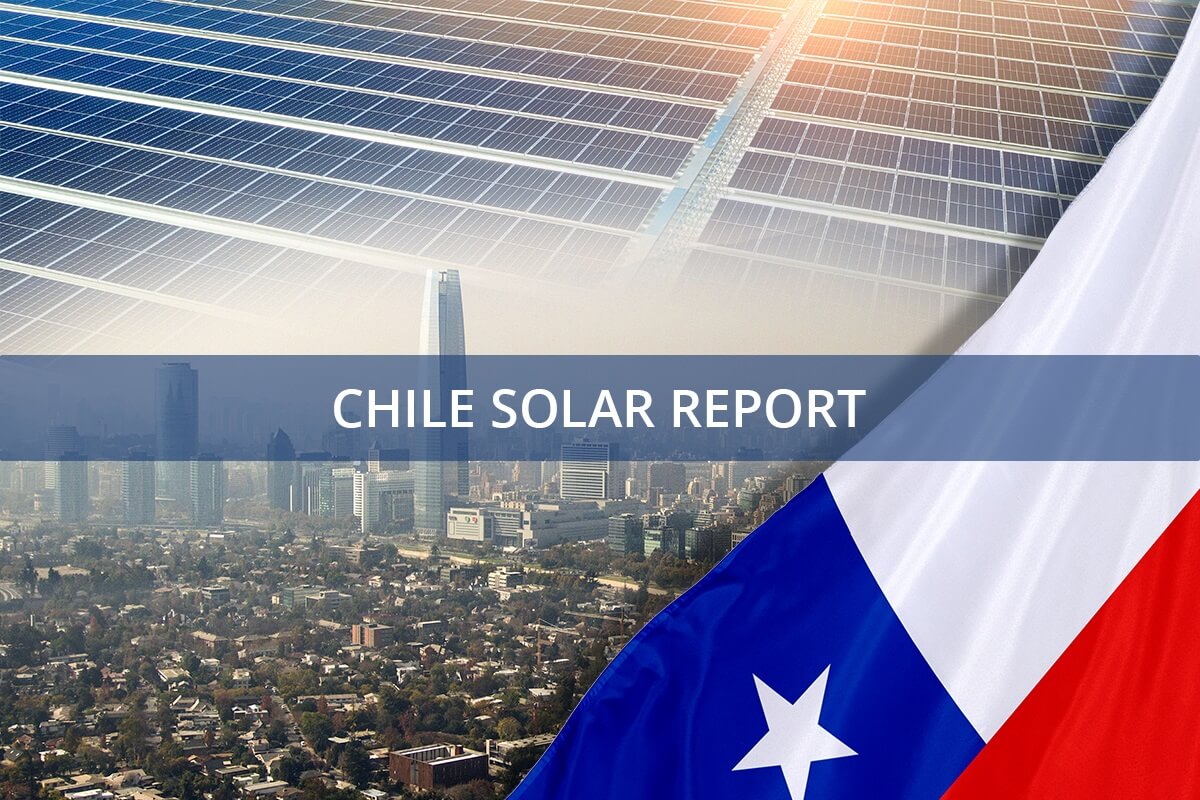For international corporations and entrepreneurs, entering a new market with a significant capital project can feel like navigating uncharted territory. The central question is often not ‘Is there an opportunity?’ but rather, ‘Is the opportunity accessible and secure?’
When considering a large-scale solar module manufacturing plant, this question becomes critically important. This analysis explores a specific, high-potential scenario: establishing a 500 MW TOPCon solar factory in Chile, funded by Foreign Direct Investment (FDI).
Drawing from a detailed feasibility study by J.v.G. Technology GmbH, this article outlines the investment case, examining the legal, financial, and regulatory pathways that make Chile a compelling destination for industrial investment in the renewable energy sector. It serves as a guide for business leaders who recognize the potential of solar manufacturing but require a clear framework for decision-making.
The Strategic Case for Chile: Beyond Sunshine
While Chile is globally recognized for its exceptional solar resources, the foundation for a successful large-scale industrial investment rests on economic and political stability. For foreign investors, this stability is the most critical variable.
A Stable and Welcoming FDI Framework
Chile has methodically built a reputation as one of Latin America’s most stable and open economies. A cornerstone of this is the Framework Law for Foreign Direct Investment (Law No. 20,848).
This is not merely a policy document; it is a legally binding commitment that guarantees foreign investors the same rights and treatment as their local counterparts.
This principle of non-discrimination is managed by InvestChile, the government agency responsible for facilitating FDI. For an entrepreneur planning a multi-million dollar factory, this means:
- Access to Markets: No barriers to entering any economic sector open to local investors.
- Capital Remittance: The right to remit capital and profits back to the home country after fulfilling tax obligations.
- Legal Certainty: A predictable regulatory environment that protects the investment from arbitrary changes.
This framework, combined with Chile’s status as an OECD member and its high GDP per capita, significantly de-risks the investment from a political and economic standpoint.
Financial Incentives and Government Support
Beyond a stable legal structure, the Chilean government actively encourages investment in strategic sectors like renewable energy through its ‘Energía 2050’ national plan. This long-term vision aims for 70% of the country’s energy to come from renewable sources by 2050, creating sustained domestic demand for high-quality solar modules.
Practical support comes from institutions like CORFO (the Chilean Economic Development Agency) and tangible tax benefits, including:
- VAT Exemption: Imported capital goods required for the factory setup may be exempt from Value-Added Tax.
- Accelerated Depreciation: New assets can be depreciated more quickly, improving the project’s early-stage cash flow.
These incentives are not just abstract benefits; they directly impact the financial model and bolster the projected return on investment.
Modeling the 500 MW TOPCon Facility: A J.v.G. Blueprint
An annual production capacity of 500 MW is an industrial-scale operation, making the choice of technology critical for long-term competitiveness. The J.v.G. feasibility study models this plant using industry-leading TOPCon solar cell technology.
Why TOPCon Technology?
Tunnel Oxide Passivated Contact (TOPCon) technology has rapidly become the successor to the previous industry standard, PERC. For an investor, the advantages are purely commercial:
- Higher Efficiency: TOPCon cells convert more sunlight into electricity, meaning the final modules produced are more powerful and valuable.
- Lower Degradation: The modules maintain their performance better over their 25- to 30-year lifespan.
- Improved Performance: They perform better in the high-temperature conditions typical of prime solar locations.
This technological edge translates directly into a lower Levelized Cost of Energy (LCOE) for projects using the manufactured modules, making them more competitive in the market.
Key Project Metrics and Investment Profile
A feasibility study provides the hard data essential for an investment decision. The J.v.G. model for a 500 MW Chilean facility outlines the following core parameters, which align with typical solar factory investment requirements:
- Total Estimated Investment: Approximately $50–$60 million USD. This covers the building, a complete turnkey solar module production line, and initial operating capital.
- Facility Footprint: A site of 40,000–50,000 m² is required to accommodate the production hall, warehouses, and administrative offices.
- Required Workforce: The plant would create approximately 350 direct jobs for a mix of skilled engineers, technicians, and semi-skilled line operators.
- Project Timeline: From the final investment decision to full production capacity, the estimated timeline is 18 to 24 months.
- Projected Financial Returns: Based on current market assumptions for material costs and module prices, the model projects a 10-year Internal Rate of Return (IRR) between 15% and 20%.
These figures provide a tangible business case, transforming the concept of a solar factory into a structured, bankable project.

The Atacama Advantage: A Unique Production Environment
The Atacama Desert in northern Chile possesses the highest levels of solar irradiance on Earth. While this is primarily a benefit for solar power plants, it creates a unique advantage for a local manufacturing facility.
A factory located in or near this region can market its modules as ‘proven in the world’s most demanding solar conditions.’ This serves as a powerful quality differentiator. Proximity to the large-scale solar parks being developed in the region also reduces logistics costs and strengthens the supply chain.
Based on experience from J.v.G. turnkey projects in other developing markets, such as North Africa, navigating local regulations and leveraging regional strengths is key to success. Chile’s combination of a stable legal framework and a world-class natural resource presents a powerful synergy that is rare in emerging markets.

Frequently Asked Questions (FAQ)
-
What is Foreign Direct Investment (FDI)?
FDI is an investment made by a company or individual from one country into business interests located in another country. It is distinct from simply buying shares because it typically involves establishing operations or acquiring substantial influence in a foreign business. -
Why is a 500 MW capacity considered a significant scale?
A 500 MW annual capacity can produce roughly 1.2 to 1.5 million solar modules per year, depending on their wattage. This is a large industrial scale sufficient to supply multiple utility-scale solar projects and establish a significant market presence. -
What does ‘technical due diligence’ involve for such a project?
Technical due diligence is the process of verifying all technical aspects of the investment. For a solar factory, this includes assessing the proposed technology (like TOPCon), vetting equipment suppliers, confirming the factory layout and production workflow, and ensuring the final product can meet international certification standards like IEC. This process is essential for mitigating risk before capital is committed. -
Is prior experience in solar manufacturing required to start such a venture?
No. Many successful factory owners are entrepreneurs or corporations from other industries. The key is to partner with an experienced technical consultancy that can manage the project from the business plan stage through to equipment procurement, installation, and staff training. pvknowhow.com provides structured e-courses and resources specifically for this purpose.

Conclusion: A Clear Path Forward
Establishing a 500 MW solar manufacturing plant in Chile represents a substantial but well-defined investment opportunity. The country’s stable political and economic environment, coupled with its clear legal framework for foreign investors and world-class solar resources, creates a compelling business case.
The use of advanced TOPCon technology ensures the facility’s long-term competitiveness. At the same time, the detailed financial modeling from a thorough feasibility study offers a clear view of the required capital, operational scale, and potential returns.
For international investors seeking to enter the renewable energy sector, Chile offers not just an opportunity, but a structured and secure pathway to industrial success.






